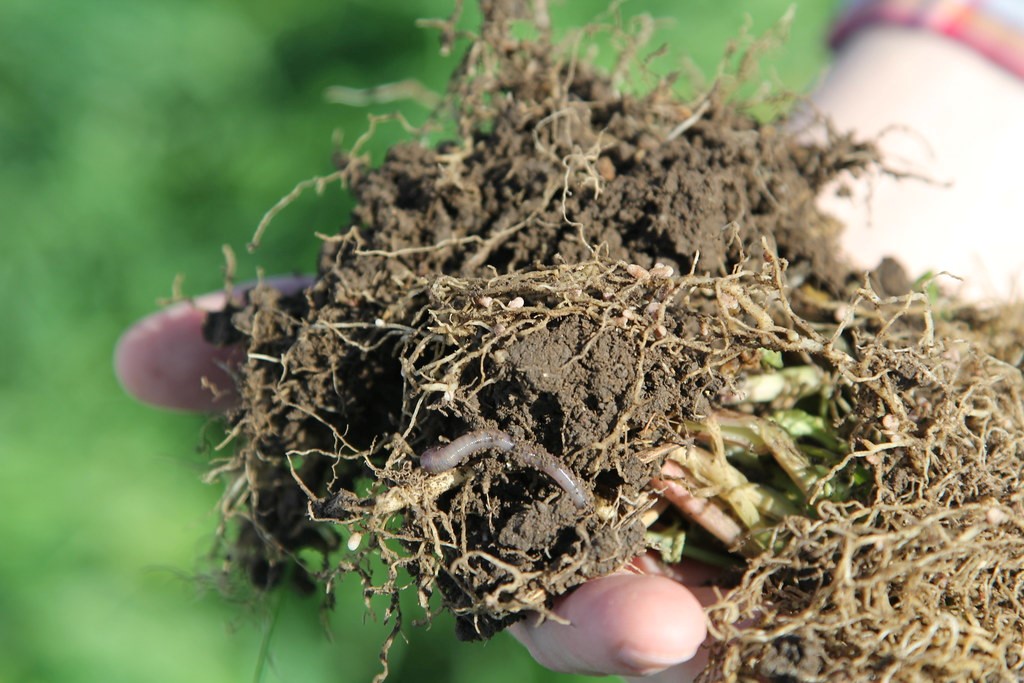
Healthy soil is extremely important to ensure that farmers and gardeners enjoy high yields, both now and in the future, and that the environment as a whole thrives as it should.

Healthy soil explained
In general, healthy soil is that which can sustain humans, animals and plants and function as it should as a part of the overall ecosystem. It can be easy to overlook soil health, however, but this can be a mistake.
Here are some of the main factors which can adversely affect soil health: Soil chemistry, soil structure, organic matter content, water retention, movement and infiltration, and soil biology
Experts in soil remediation services such as https://soilfix.co.uk/services/groundwater-soil-remediation-services will tell you that the healthiest soil has these factors in a good combination. Conversely, unhealthy soil has a problem with one or more.

Once one of these factors is affected it is likely to follow that the others develop issues thanks to a cascading effect. This can reduce the soil’s ability to maintain productivity and to function properly, as well as to provide a buffer and reduce the impact of any extreme weather events.
The result of an unhealthy soil can be waterlogging and the stagnation of plant roots. Unhealthy soil will not filter water properly, making it unable to retrain plant protection products and nutrients that crops need, and also increasing the risk of flooding.
Maintaining soil health
There are many things that can be done to maintain soil health. In agriculture, methods include good crop choice, proper management and effective rotation. Establishment maintenance and practice are also extremely important.
Cover crops are seen by some experts as an effective means of reducing leaching and soil erosion, while at the same time boosting water retention, suppressing weeds and improving soil structure.
No-till is seen by others as the way forward as part of a focus on removing the need for conventional agricultural practices. A field that has not been ploughed for many years is likely to have a very different soil structure to ploughed land and it is said that no-till systems improve fertility by changing soil structure and properties. Read about no-till at http://www.no-till.uk/.
They are also claimed to enhance soil biology and some experts claim that yields can be radically boosted by this method. It can also prevent soil compaction, which can be a long-term job to rectify.

